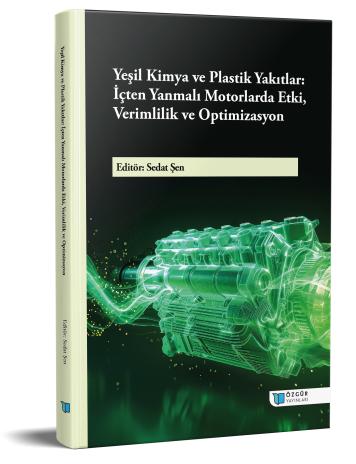
Ecological Pool Systems for Swimming Education and Coaching: Sustainable Solutions to Microplastic and Chemical Risks for Young Athletes
Chapter from the book:
Şen,
S.
(ed.)
2025.
Green Chemistry and Plastic-Derived Fuels: Impact, Efficiency, and Optimization in Internal Combustion Engines.
Synopsis
While swimming pools are essential for athletes' performance development, the microplastics and chemical pollutants they contain seriously threaten athletes' health. This study examines the adverse effects of microplastics from synthetic swimwear, cosmetic products, and pool equipment on respiratory, skin, and endocrine systems. It also evaluates the health risks of disinfection by-products such as trihalomethanes and chloramines formed by chlorine-based disinfectants. Addressing the limitations of traditional pool cleaning methods, the study presents sustainable solutions including biological filtration systems, ozone and UV disinfection technologies, and green chemistry applications. Case studies and economic analyses show that green solutions, despite requiring higher initial investment, provide health, environmental, and financial advantages in the long term. The study concludes with policy recommendations such as microplastic standards, disinfection by-product limits, and green technology incentives. In conclusion, a holistic approach is proposed to protect athletes' health while ensuring environmental sustainability.

